Home>Renovation & DIY>Tools & Equipment>What Type Of Blade Does The Standard Screwdriver Have
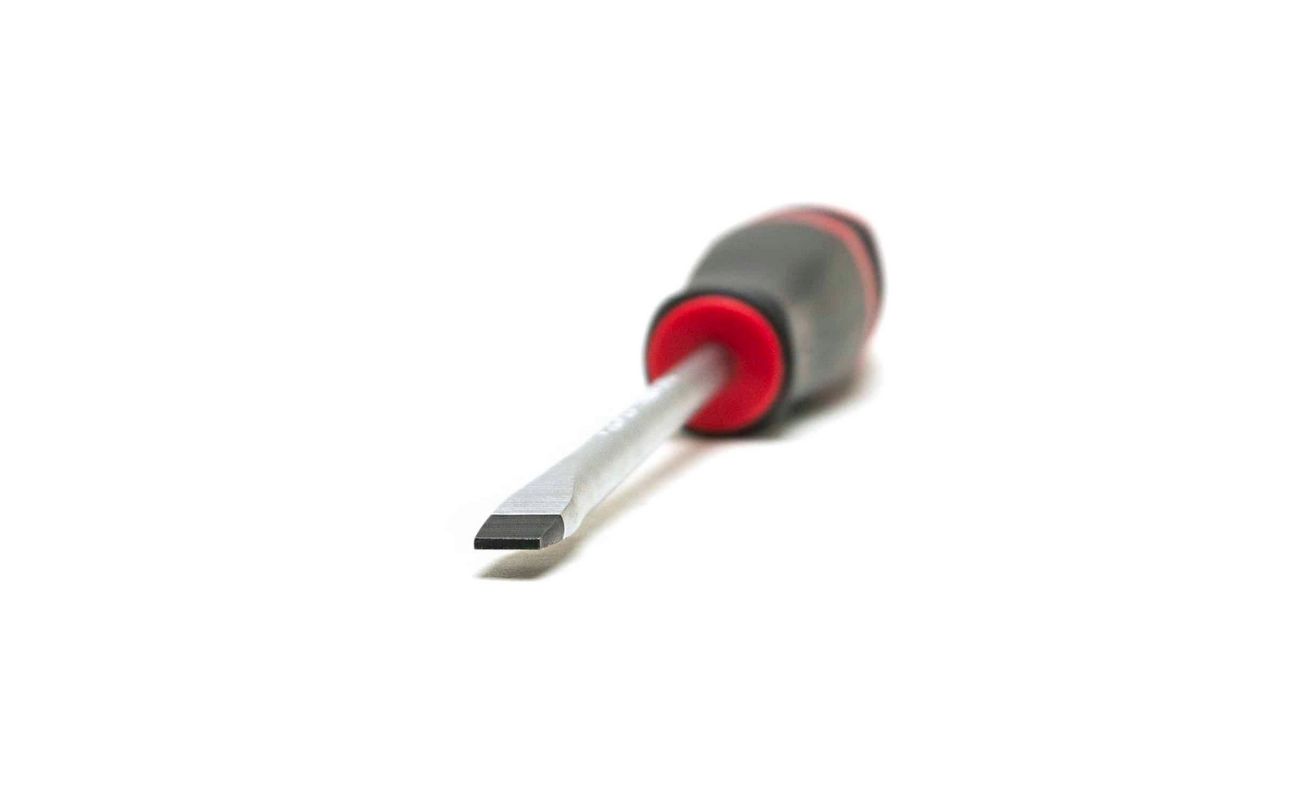

Tools & Equipment
What Type Of Blade Does The Standard Screwdriver Have
Published: December 19, 2023
Learn about the blade type of standard screwdrivers and their use in different tools and equipment. Find out the best blade for your needs.
(Many of the links in this article redirect to a specific reviewed product. Your purchase of these products through affiliate links helps to generate commission for Storables.com, at no extra cost. Learn more)
Introduction
Welcome to the world of screwdrivers, where a simple twist can make a world of difference. At the heart of every screwdriver lies a crucial component that determines its compatibility with different types of screws – the blade. The blade of a screwdriver is the part that engages with the screw head, allowing you to tighten or loosen it with ease. Understanding the different types of blades available for standard screwdrivers is essential for anyone looking to tackle a variety of projects, from simple household repairs to intricate DIY endeavors.
In this comprehensive guide, we will delve into the anatomy of a standard screwdriver, explore the various types of blades commonly found in these versatile tools, and provide valuable insights to help you choose the right blade for your specific needs. Whether you are a seasoned professional or a budding DIY enthusiast, this article aims to equip you with the knowledge necessary to make informed decisions when it comes to selecting the perfect blade for your screwdriver.
Key Takeaways:
- Choose the right screwdriver blade based on the type of screw head to ensure a secure grip and efficient manipulation, whether for household repairs or DIY projects.
- Consider factors like screw type, application-specific needs, material durability, and ergonomic design when selecting a screwdriver blade for optimal performance and user comfort.
Read more: What Type Of Blade Does A Ryobi Jigsaw Use
Anatomy of a Standard Screwdriver
Before we embark on our exploration of the different types of screwdriver blades, it’s essential to understand the fundamental components of a standard screwdriver. While the blade is undoubtedly the star of the show, the entire tool comprises several key elements that contribute to its functionality.
The handle, often made of durable materials such as plastic, wood, or rubber, provides a comfortable and ergonomic grip for the user. This ergonomic design is crucial for ensuring precision and minimizing hand fatigue during prolonged use.
Connected to the handle is the shank, a slender and elongated section that houses the blade at its tip. The shank plays a pivotal role in transmitting the torque generated by the user’s hand to the blade, enabling effective engagement with the screw.
At the business end of the screwdriver lies the blade. This is the part that directly interacts with the screw, featuring a specific profile that corresponds to the screw head it is designed to manipulate. The blade’s shape, width, and thickness vary depending on the type of screw it is intended to work with, making it a critical determinant of the screwdriver’s versatility.
Completing the ensemble is the ferrule, a collar that secures the blade to the shank, ensuring a stable and reliable connection. The ferrule also serves to protect the handle from splinters and damage caused by excessive force or twisting.
Understanding the anatomy of a standard screwdriver sets the stage for a deeper exploration of the diverse blades that can be paired with this ubiquitous tool. By appreciating the synergy between these components, we can gain a holistic understanding of how the blade, in particular, influences the screwdriver’s performance and adaptability.
Types of Blades in Standard Screwdrivers
Standard screwdrivers are indispensable tools in any toolkit, and their versatility is largely attributed to the wide array of blade types available. Each blade is meticulously designed to engage with specific screw heads, ensuring a secure grip and efficient manipulation. Let’s explore some of the most common types of blades found in standard screwdrivers:
- Flathead (Slotted) Blade: The flathead blade, also known as the slotted blade, features a simple, straight profile that tapers to a fine point. This classic blade type is ideal for engaging with slotted screws, which are characterized by a single horizontal indentation on the screw head. Flathead screwdrivers are widely used in various applications, from household fixtures to electrical components.
- Phillips Blade: The Phillips blade is distinguished by its cross-shaped tip, specifically designed to interface with Phillips screws. These screws feature a cruciform slot and are commonly found in electronic devices, appliances, and automotive components. The Phillips blade’s configuration minimizes the risk of cam-out, where the screwdriver slips out of the screw head, ensuring enhanced control and stability during use.
- Pozidriv Blade: Similar in appearance to the Phillips blade, the Pozidriv blade boasts additional ribs at the tip, allowing for greater torque transmission and reduced slippage. This design makes it well-suited for demanding applications where increased torque is necessary, such as in carpentry and construction.
- Torx (Star) Blade: The Torx blade features a star-shaped tip, offering superior engagement with Torx screws, which are characterized by a six-point star pattern on their heads. This blade type is widely employed in industries such as automotive manufacturing, computer hardware assembly, and consumer electronics due to its ability to distribute torque evenly and minimize the risk of cam-out.
- Square (Robertson) Blade: The square blade, also known as the Robertson blade, possesses a square-shaped tip designed to interact with square-socket screws. This blade type is revered for its ability to grip the screw securely, making it a popular choice in woodworking and construction, where reliable fastening is paramount.
These are just a few examples of the diverse blades available for standard screwdrivers. Each blade type is tailored to meet the specific demands of different screw designs, empowering users to tackle a myriad of tasks with confidence and precision.
The standard screwdriver typically has a flat blade, also known as a slotted or flathead blade. This type of blade is designed to fit into the straight slot of a slotted screw for turning.
Considerations for Choosing the Right Blade
When it comes to selecting the right blade for your standard screwdriver, several crucial considerations come into play. By taking these factors into account, you can ensure that your chosen blade is well-suited to the task at hand, facilitating seamless and effective screw manipulation. Here are some key considerations to guide your decision-making process:
- Matching the Screw Type: The foremost consideration is to match the blade type with the corresponding screw head. Whether it’s a slotted, Phillips, Pozidriv, Torx, or square screw, using the appropriate blade ensures optimal engagement and minimizes the risk of damaging the screw head.
- Application-Specific Requirements: Consider the specific requirements of the task you are undertaking. For example, if you are working on delicate electronic devices, a Phillips or Torx blade may be more suitable due to their ability to minimize cam-out and provide enhanced control. Conversely, for woodworking or construction projects, a square blade’s secure grip may be advantageous.
- Material and Durability: Evaluate the material and durability of the blade. High-quality blades crafted from robust materials such as hardened steel offer longevity and resilience, standing up to rigorous use without succumbing to wear and tear. Choosing a durable blade is essential for ensuring consistent performance and longevity.
- Comfort and Ergonomics: Consider the ergonomic design of the screwdriver handle and how it complements the blade. A comfortable grip and ergonomic handle design can significantly enhance user comfort and control, particularly during prolonged use. This consideration is pivotal for minimizing hand fatigue and promoting precision.
- Interchangeability: Some screwdrivers feature interchangeable blades, allowing users to switch between different blade types effortlessly. This versatility can be advantageous in scenarios where multiple screw types need to be addressed, streamlining the toolset and minimizing the need for multiple screwdrivers.
By carefully considering these factors, you can make informed decisions when selecting the right blade for your standard screwdriver, ensuring that it aligns with the specific requirements of your project and offers the durability and functionality needed to achieve optimal results.
Conclusion
As we bring our exploration of standard screwdriver blades to a close, it’s evident that these seemingly modest components play a pivotal role in the versatility and functionality of these indispensable tools. From the classic flathead and Phillips blades to the specialized Torx and square blades, each blade type is purposefully designed to cater to a diverse array of screw heads, empowering users to tackle an extensive range of projects with confidence and precision.
Understanding the anatomy of a standard screwdriver and the distinct characteristics of various blade types is instrumental in making informed decisions when selecting the right tool for the job. By considering factors such as screw type compatibility, application-specific requirements, material durability, and ergonomic design, users can ensure that their chosen blade aligns seamlessly with the demands of their projects, promoting efficiency and user comfort.
Whether you are a professional tradesperson, a dedicated DIY enthusiast, or simply someone who appreciates the practicality of a reliable screwdriver, the knowledge gained from this guide equips you to navigate the diverse landscape of standard screwdriver blades with confidence. Armed with this understanding, you can confidently select the perfect blade to complement your standard screwdriver, enhancing your ability to tackle tasks with precision and ease.
As you venture into your next project, may the knowledge gleaned from this guide serve as a valuable companion, empowering you to wield your standard screwdriver with expertise and finesse, knowing that the right blade is at your fingertips to conquer any screw-driven challenge that comes your way.
Frequently Asked Questions about What Type Of Blade Does The Standard Screwdriver Have
Was this page helpful?
At Storables.com, we guarantee accurate and reliable information. Our content, validated by Expert Board Contributors, is crafted following stringent Editorial Policies. We're committed to providing you with well-researched, expert-backed insights for all your informational needs.
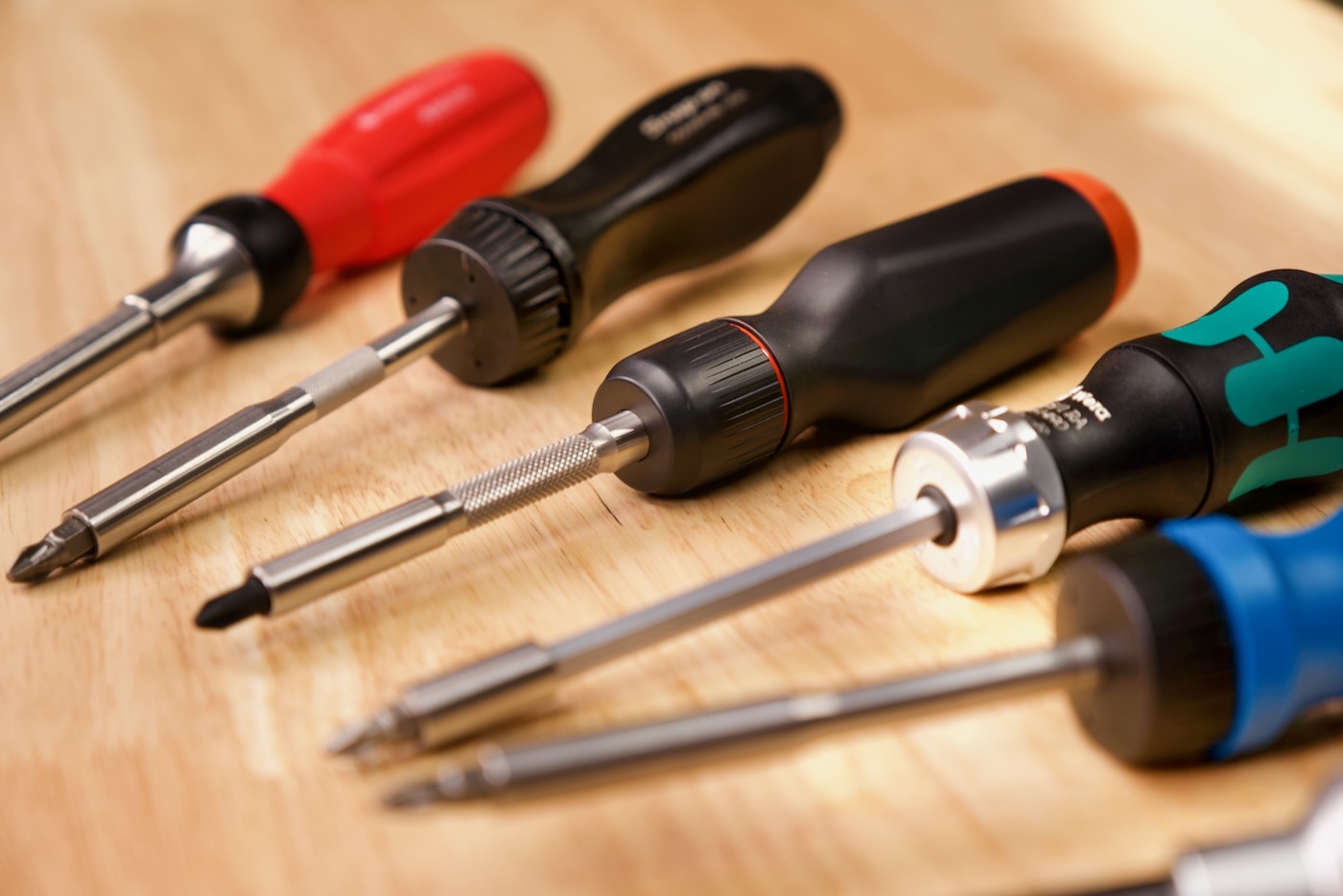
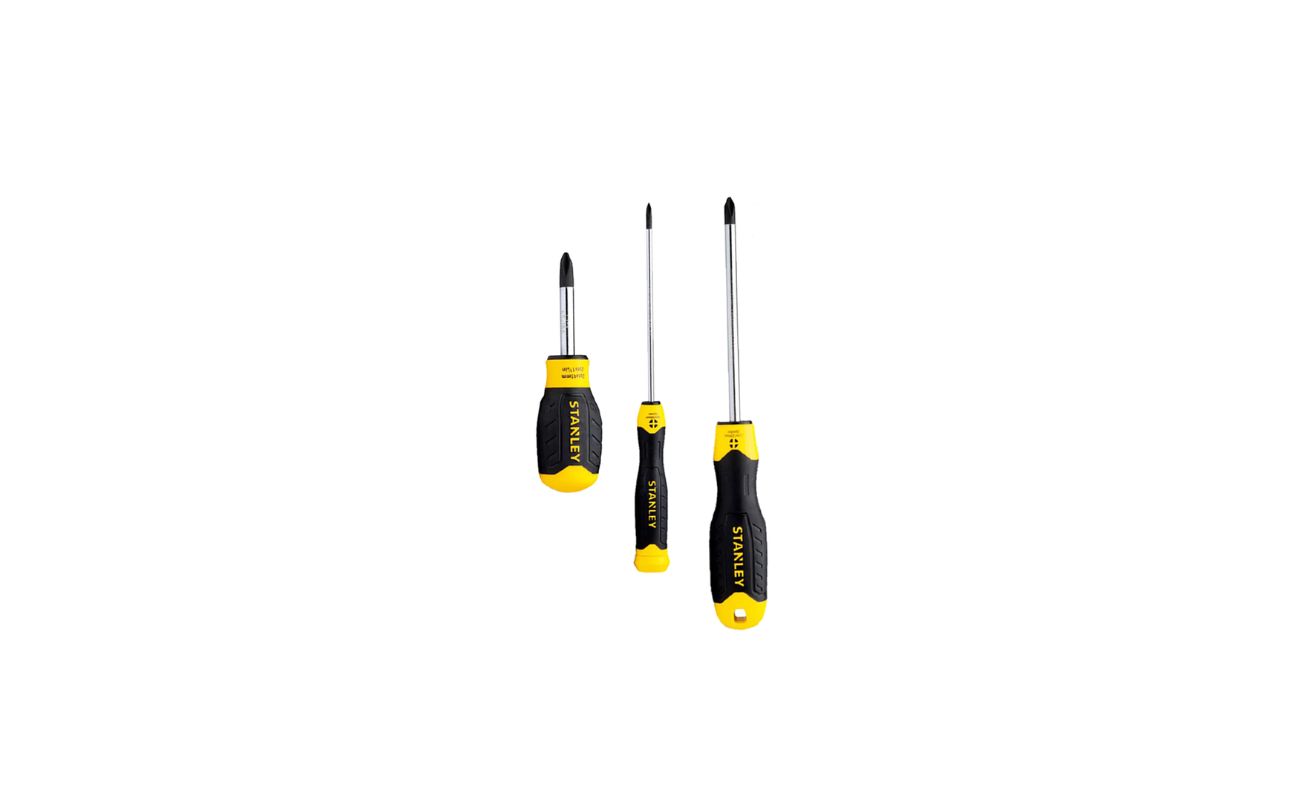
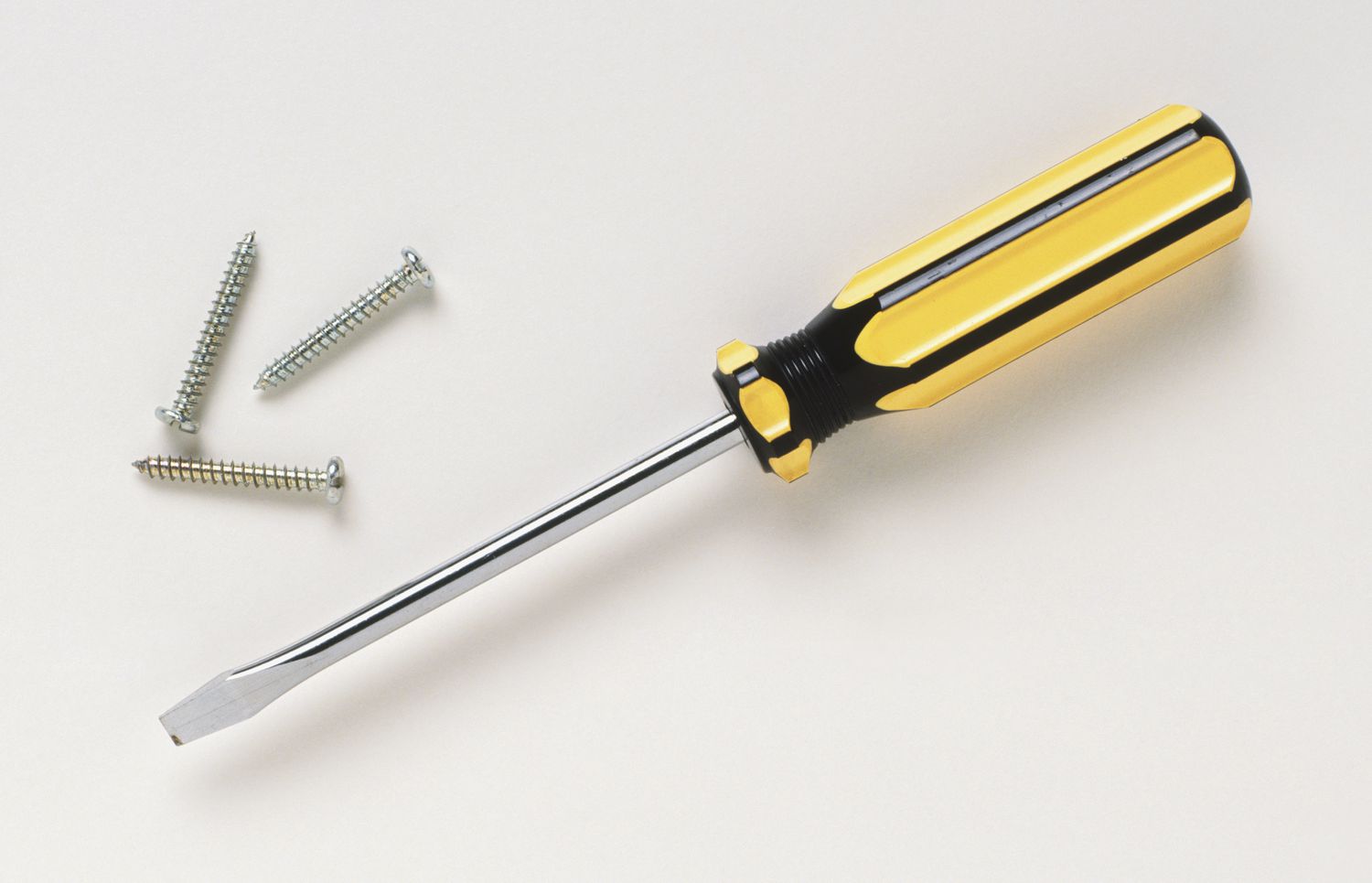
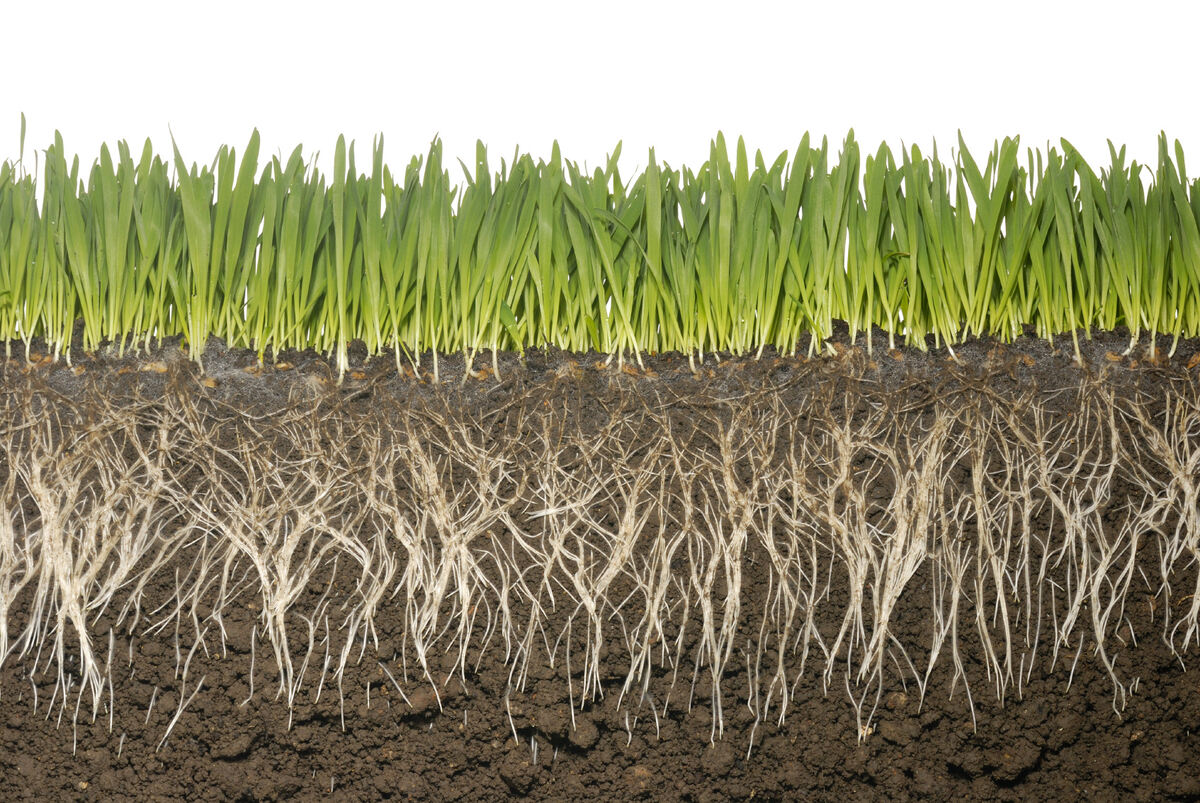
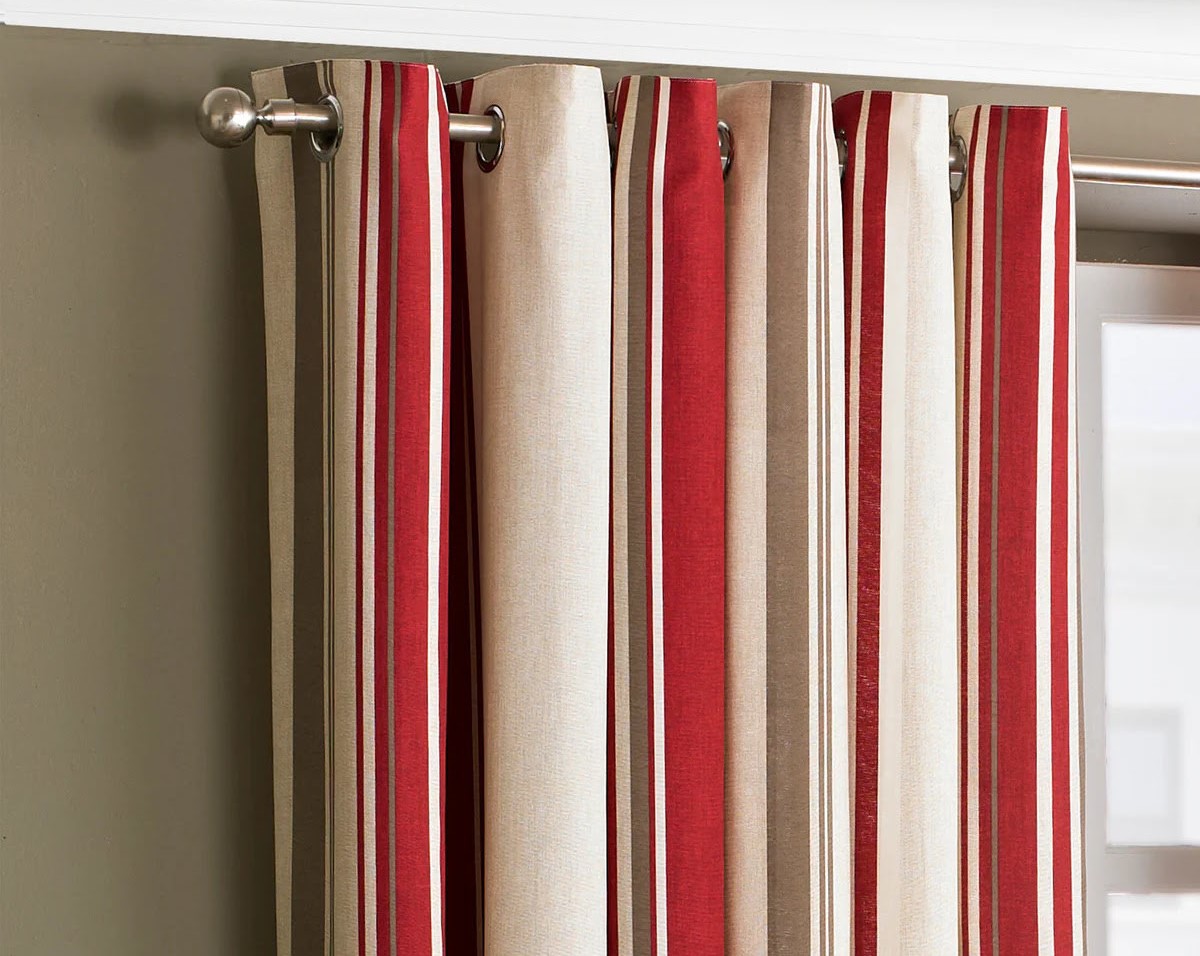
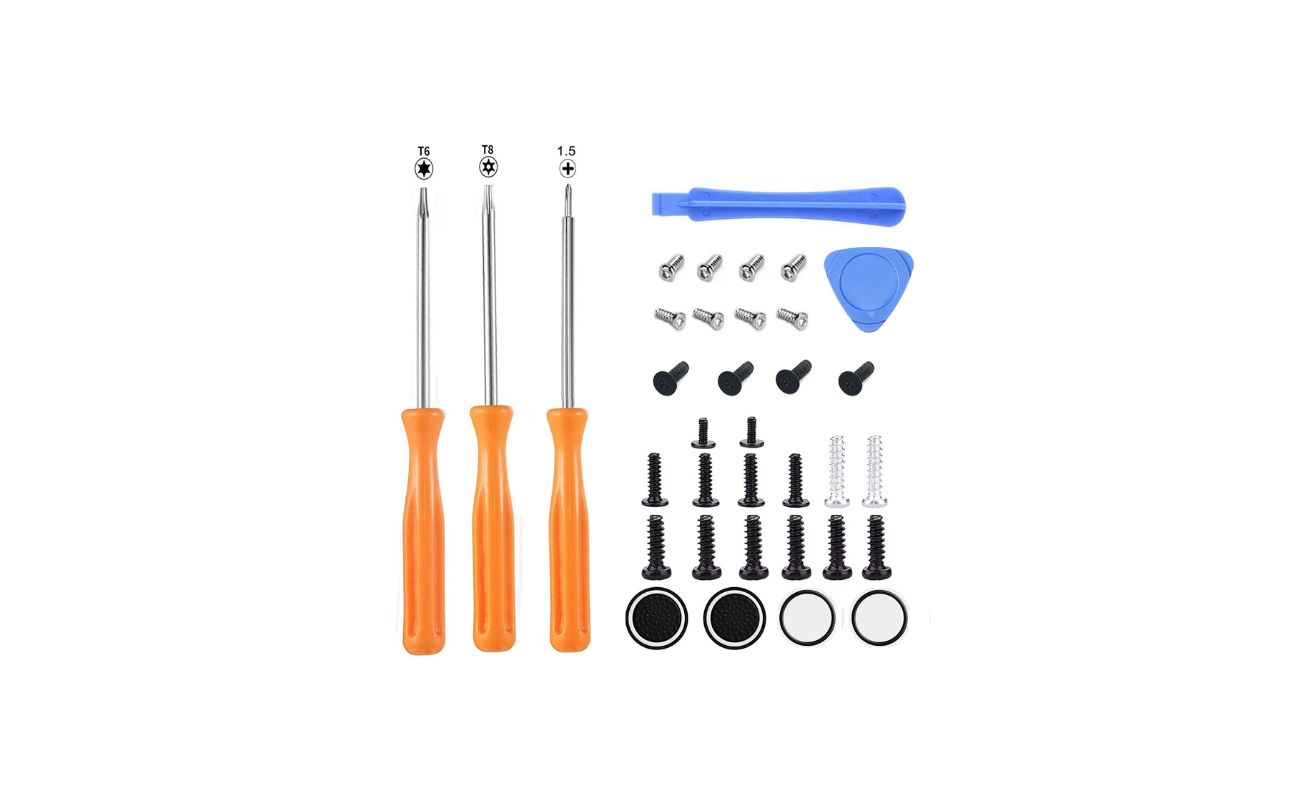
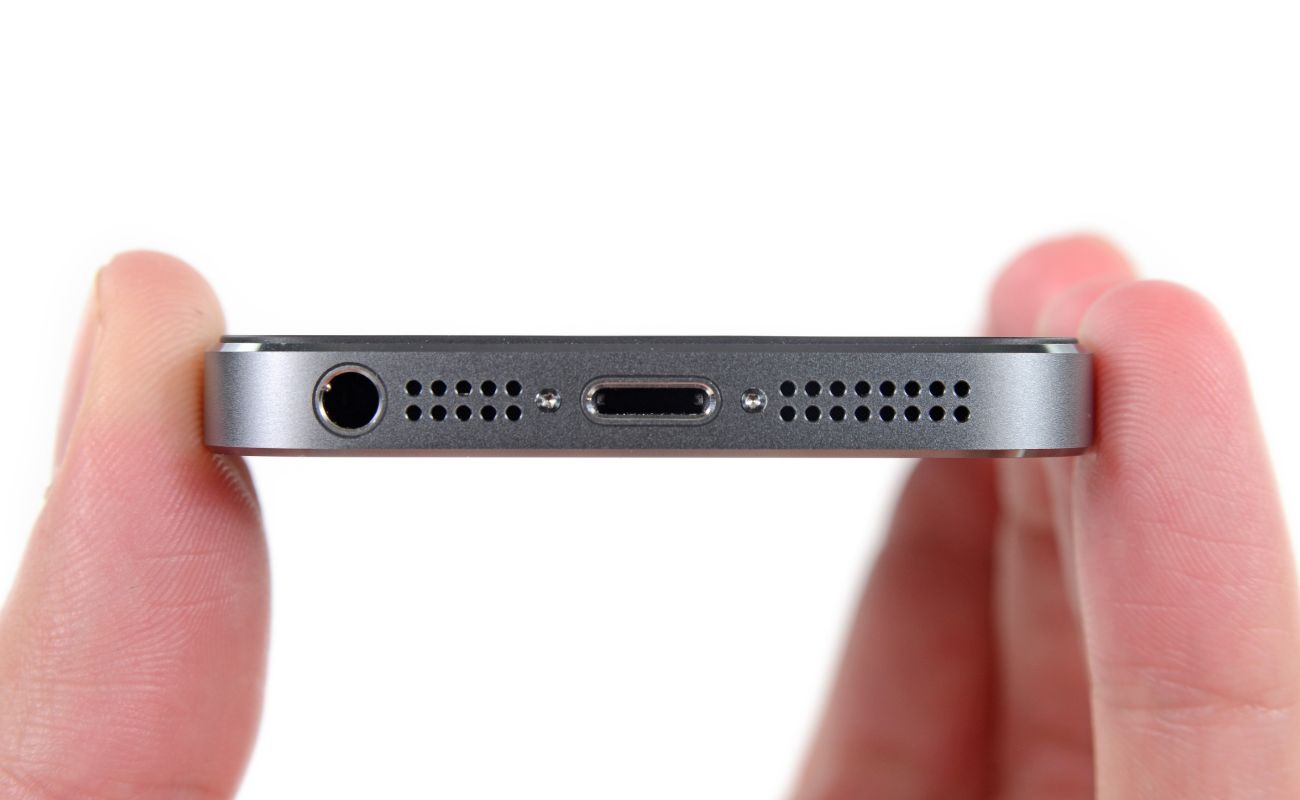
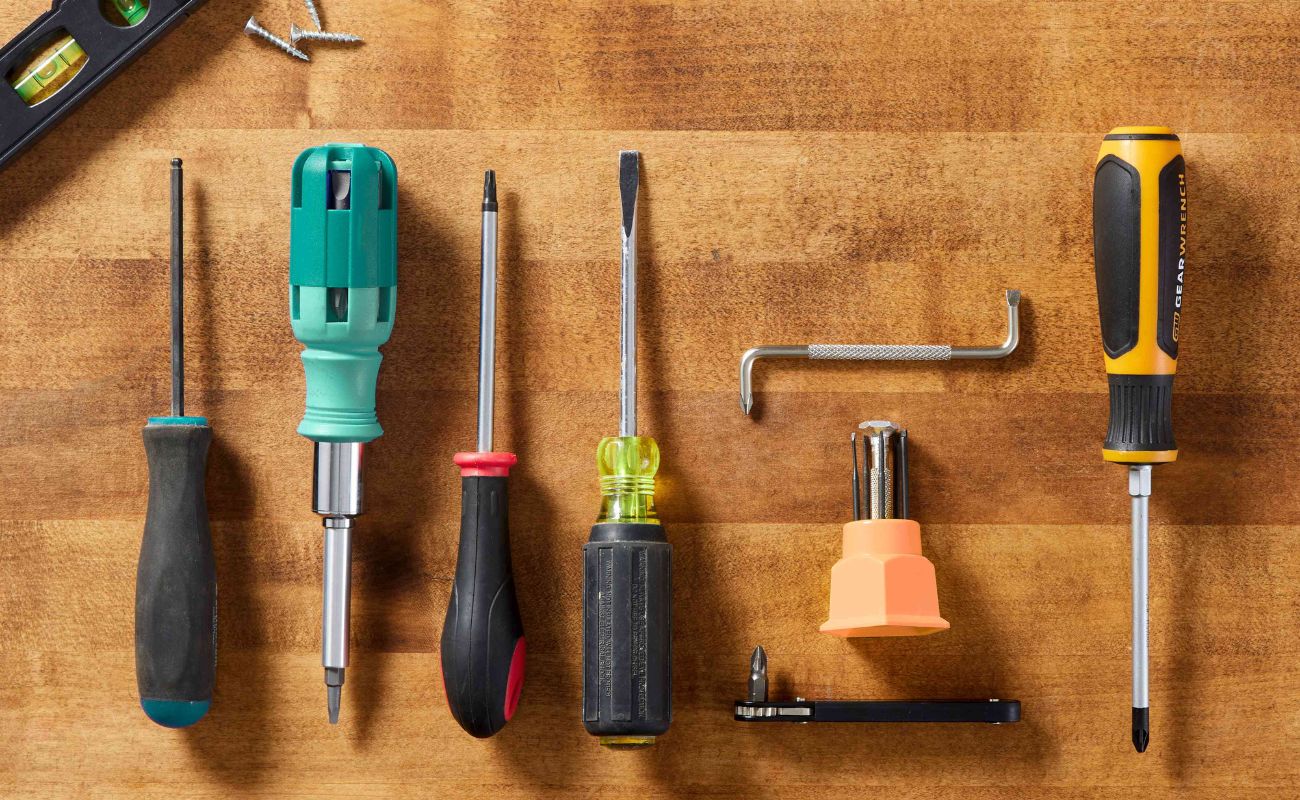
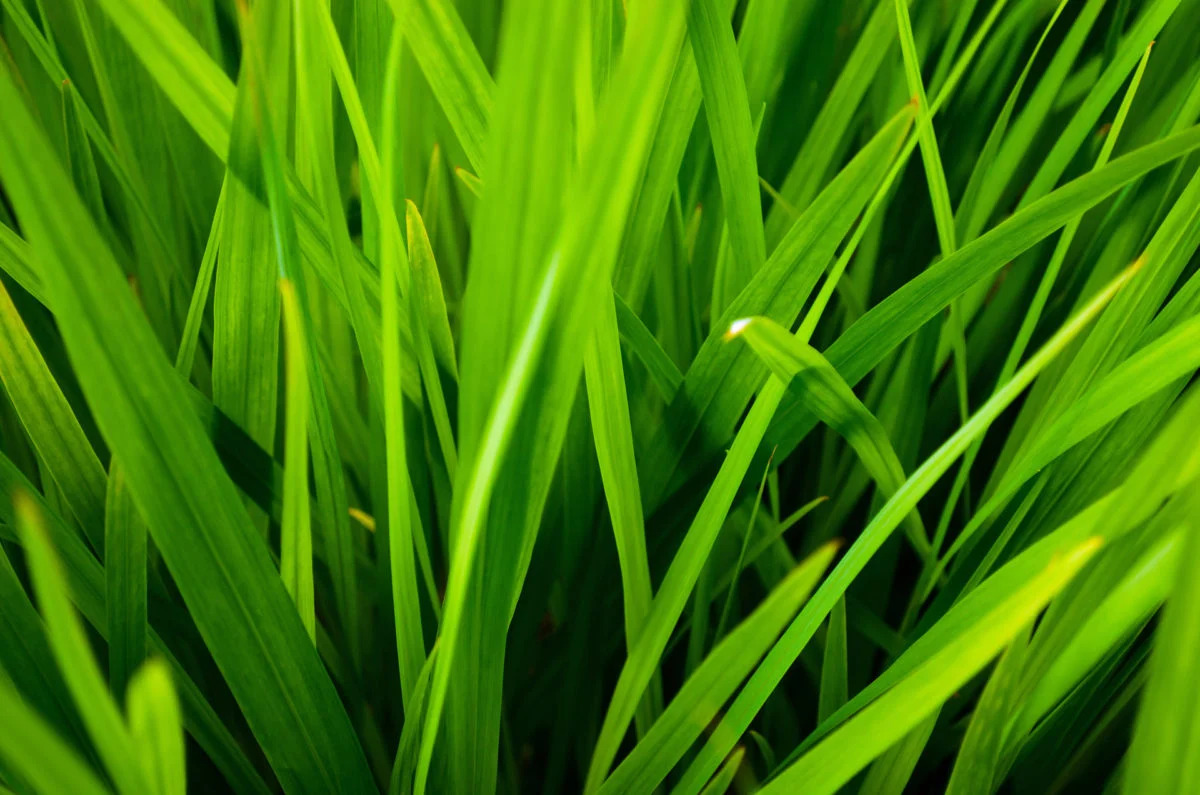
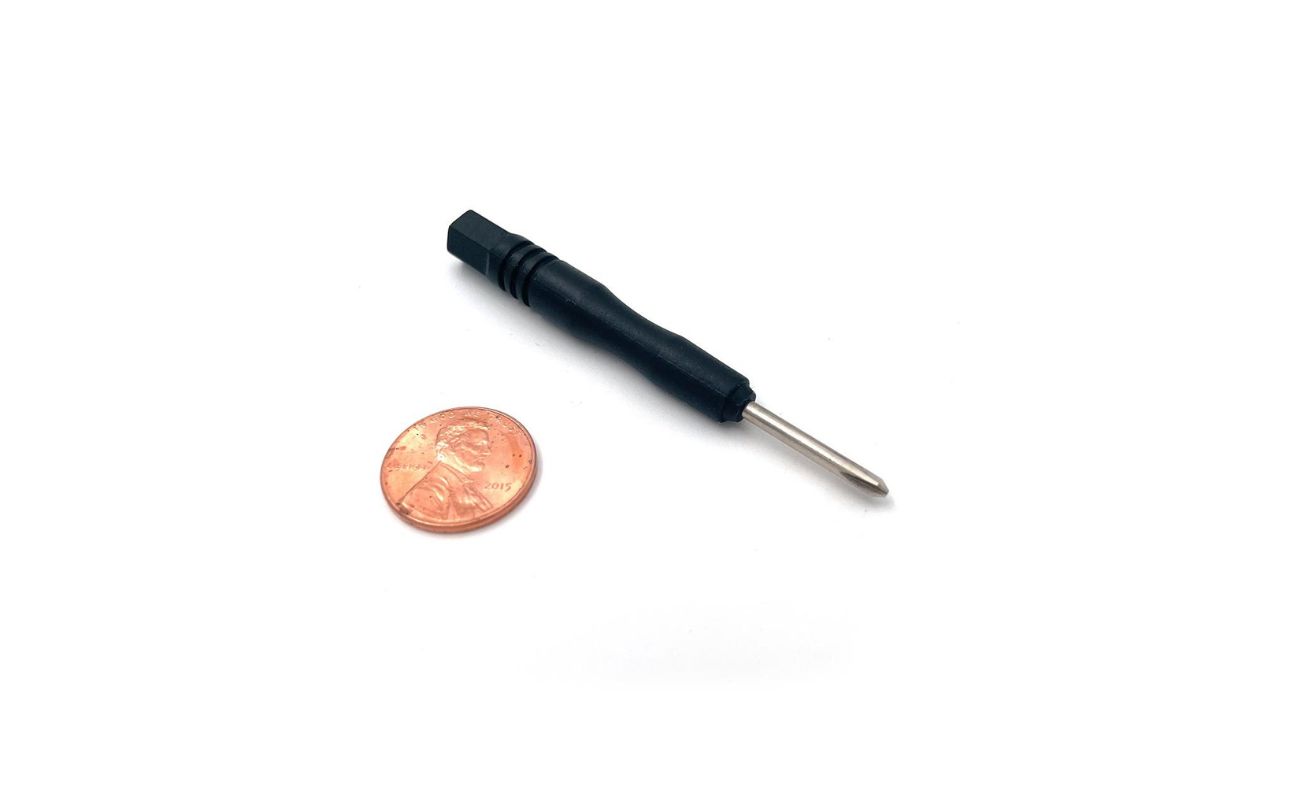

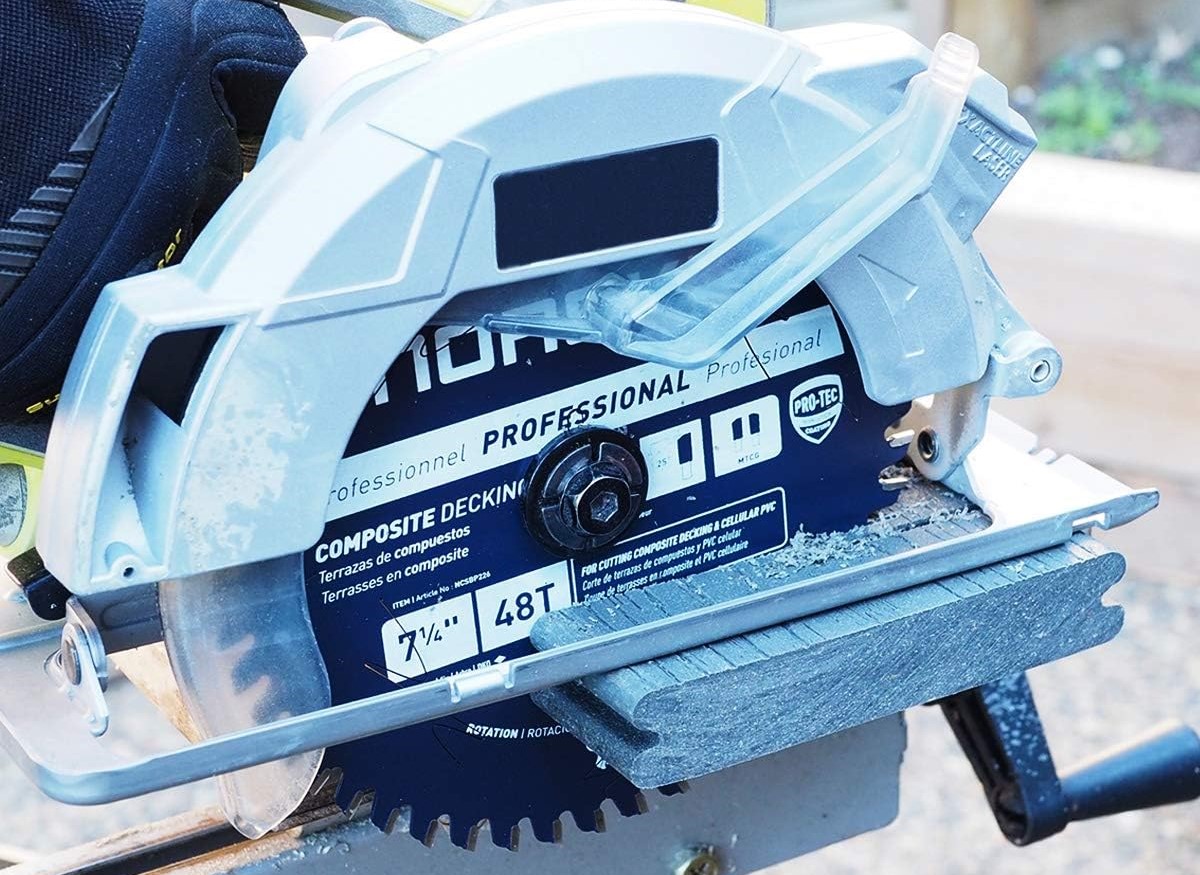
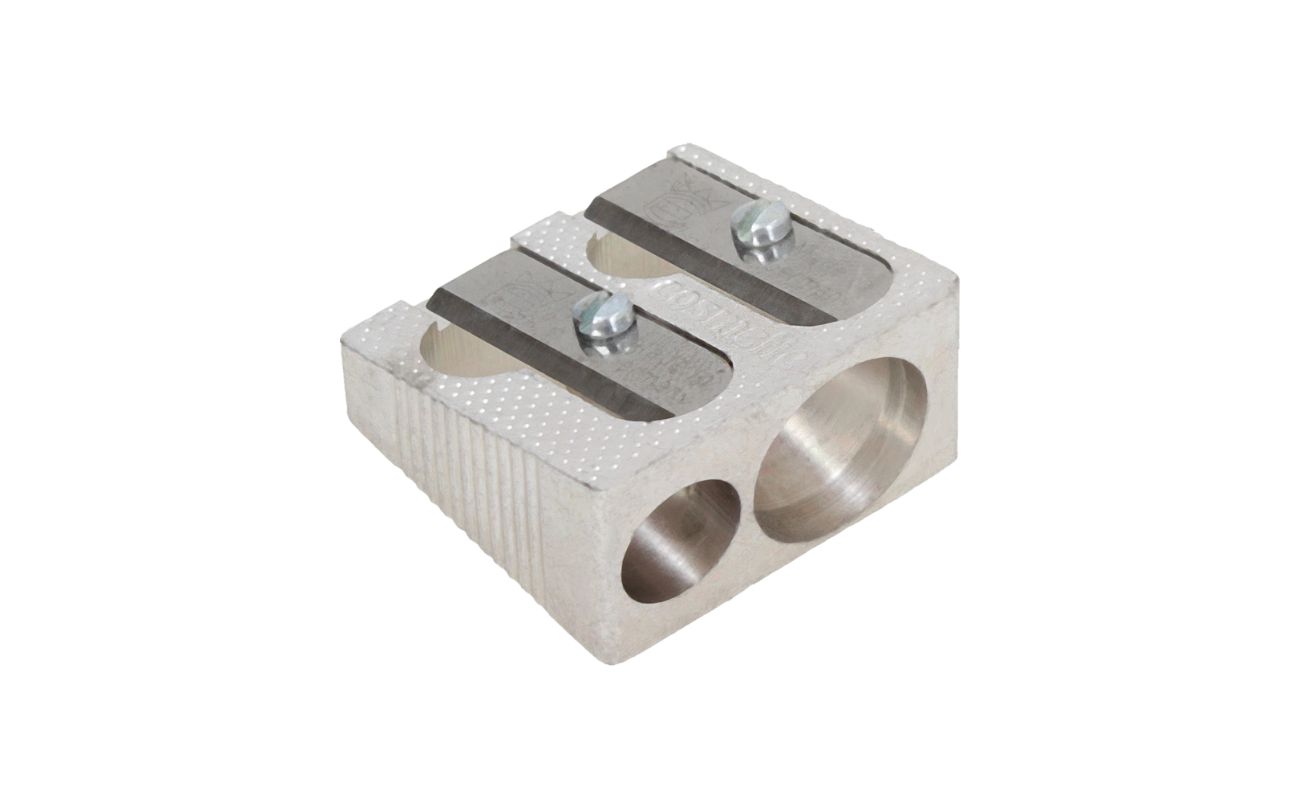
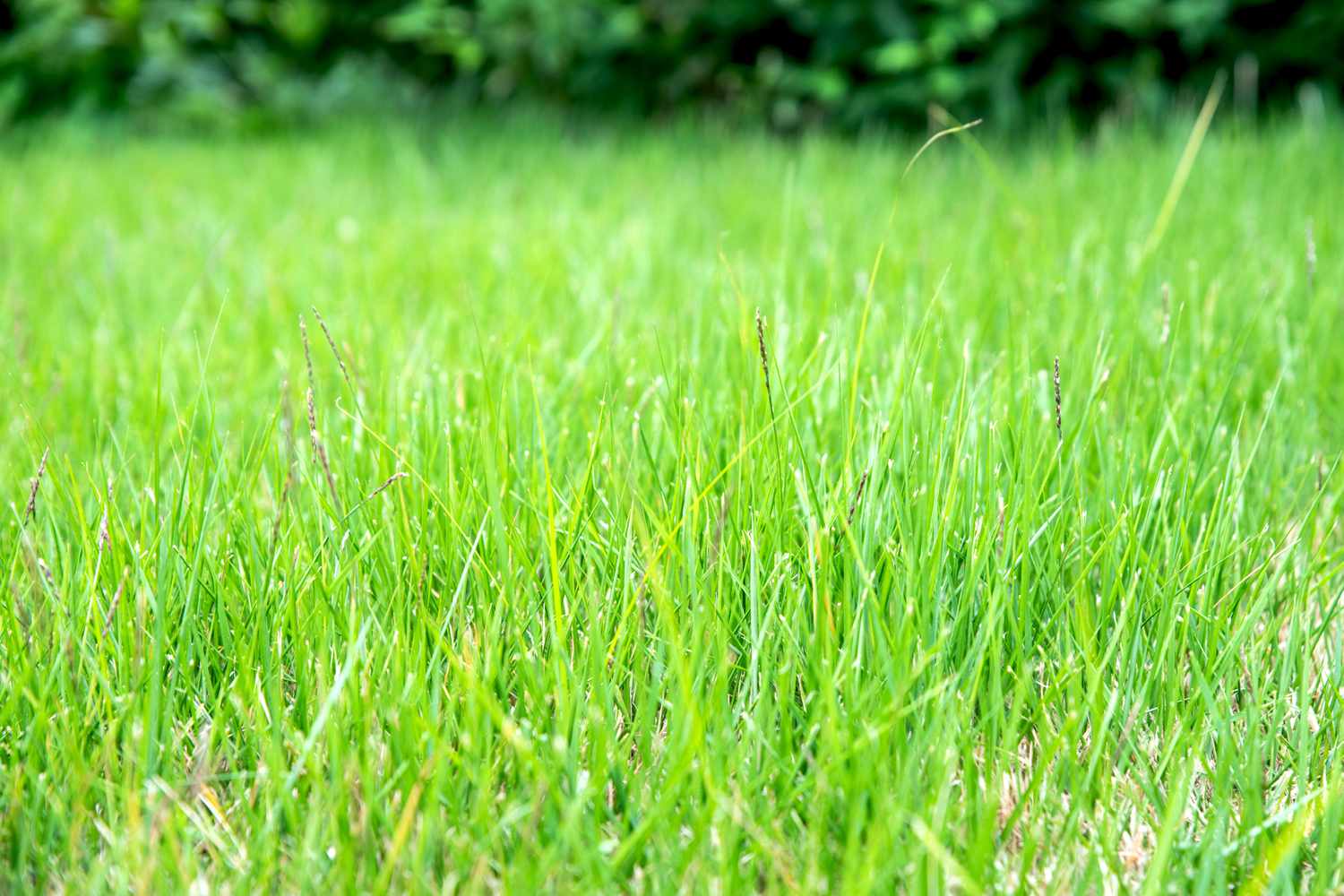
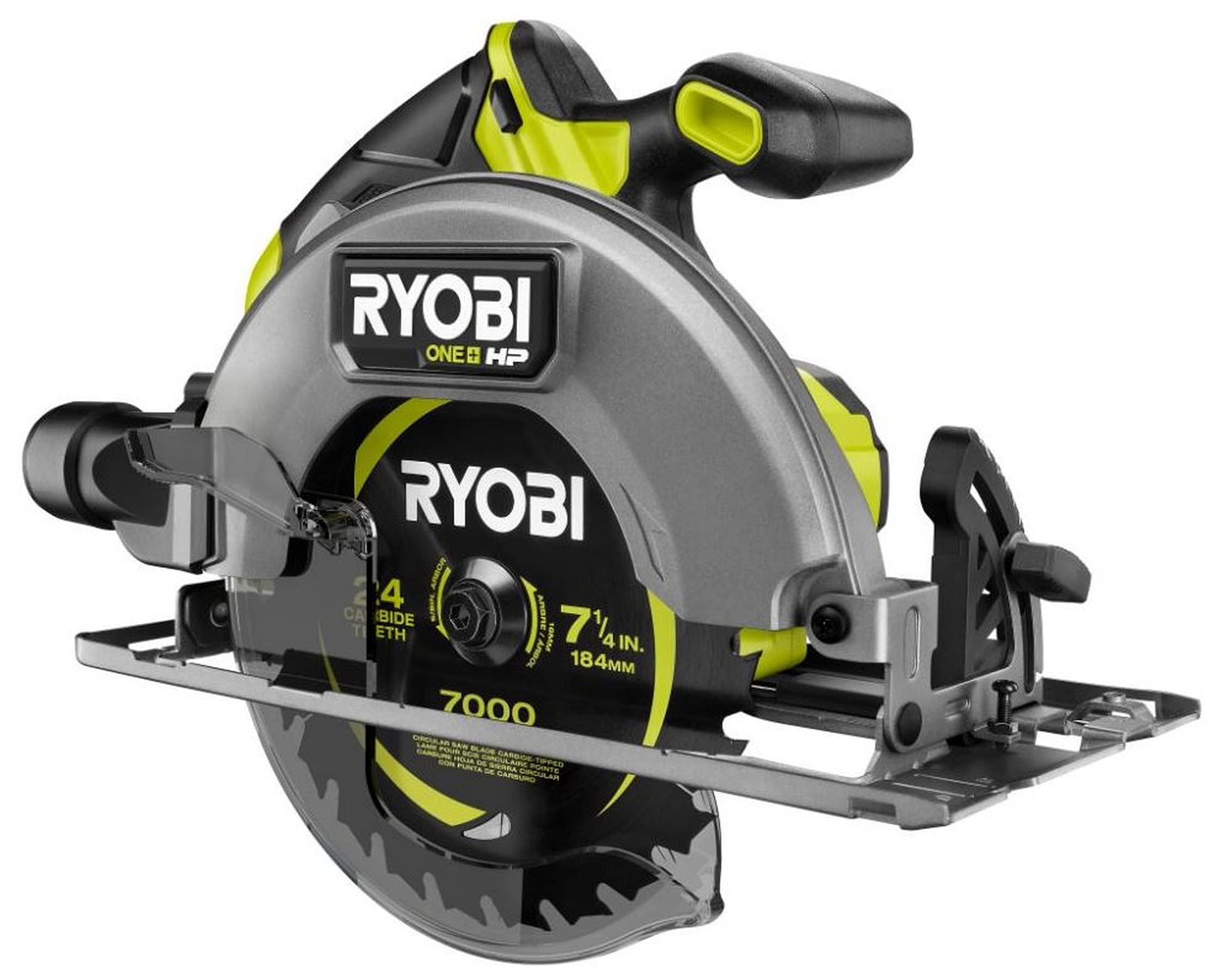

0 thoughts on “What Type Of Blade Does The Standard Screwdriver Have”